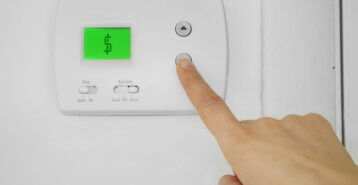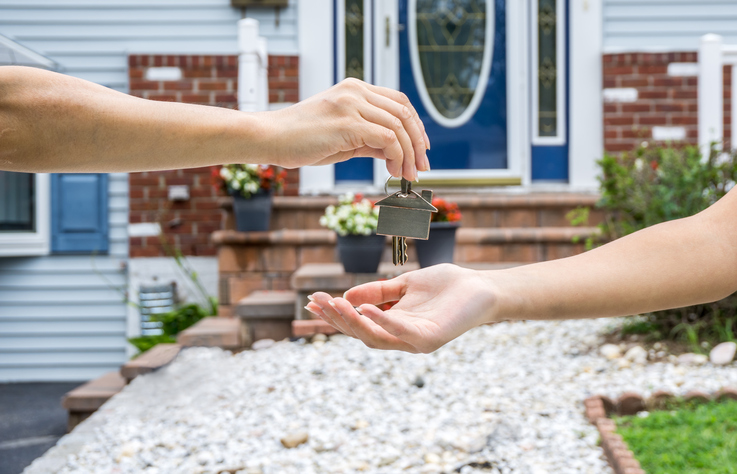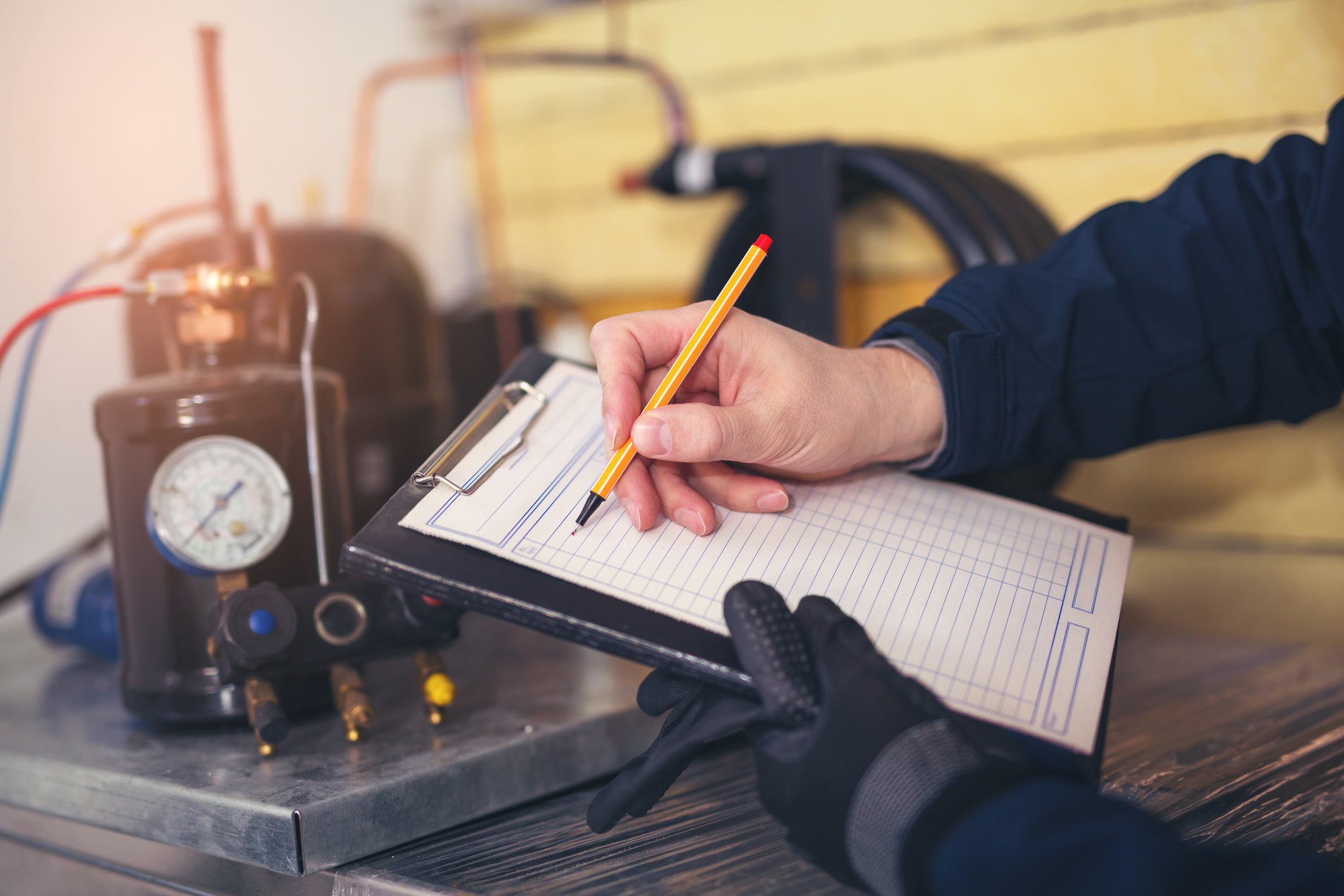Energy Efficiency Guide for Homeowners
Big energy savings don’t always require big renovations. While the Energy Savings Guide covers upgrades like new appliances, insulation, and professional audits, this guide is about the everyday energy efficiency actions you can take right now to reduce waste and cut costs.
From thermostat adjustments and smarter lighting to water use and appliance habits, these simple changes can quickly add up. Best of all, most require little to no investment — just a shift in how you manage your home.
Use this guide to:
- Build energy-smart habits that lower your monthly bills.
- Learn practical tips for heating, cooling, lighting, and water use.
- Follow a step-by-step plan to make efficiency second nature.
By combining these daily strategies with bigger upgrades from the Energy Savings Guide, you’ll create a home that’s more comfortable, cost-effective, and eco-friendly year-round.
Thermostat Tweaks That Matter
- Use a programmable or smart thermostat. Even basic models let you set daytime, nighttime, and away temperatures so your system isn’t running unnecessarily.
- Rely on setback settings. In winter, lower the heat by 5–10°F while you sleep. In summer, raise your AC by a similar margin when you’re out of the house.
- Team up with fans. Ceiling or portable fans make rooms feel cooler without lowering the thermostat. In winter, reverse ceiling fan blades to push warm air down.
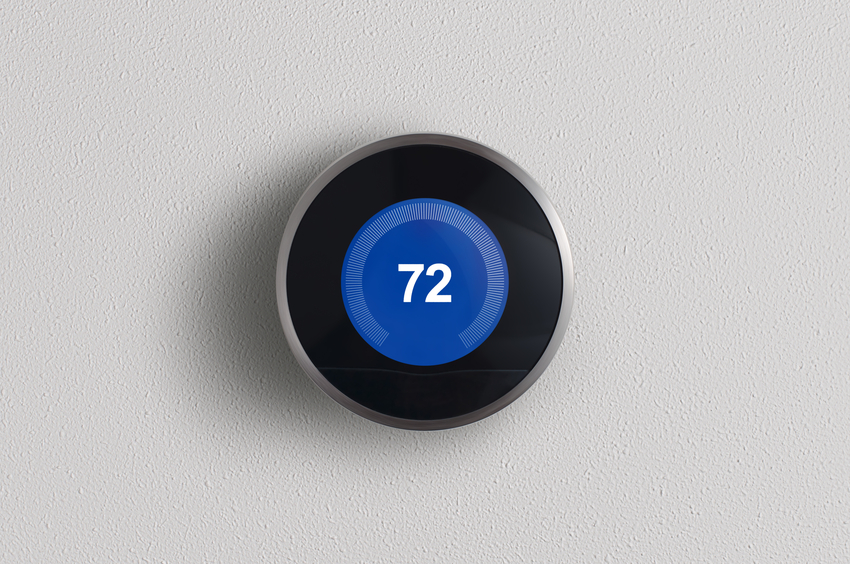
Dress Your Windows for Comfort
- Curtains and blinds are more than decoration. Close them on hot afternoons to block heat, and open them on sunny winter days to let warmth in.
- Choose insulated or thermal curtains. They create a buffer against outdoor temperatures, reducing the need for heating or cooling.
- Seal leaks. A simple tube of caulk or strip of weatherstripping goes a long way toward stopping drafts around frames.
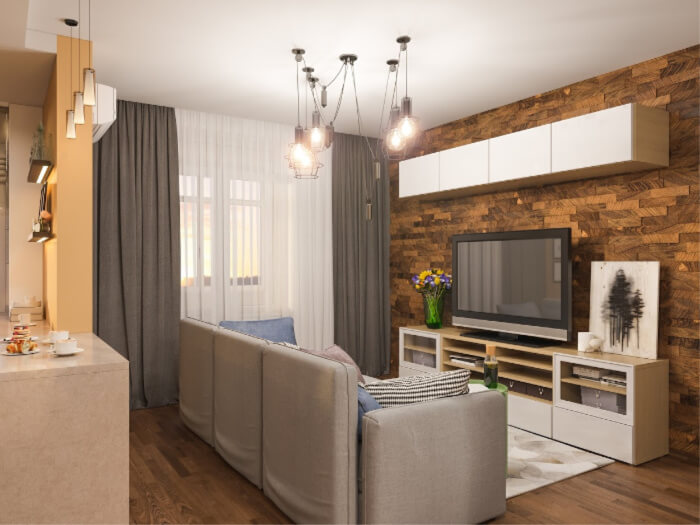
Lighting Smarter
- Switch to LED bulbs. They last longer and use a fraction of the energy of incandescents. Start with the fixtures you use most often.
- Light where you need it. Use a task lamp on your desk or next to your favorite chair instead of lighting an entire room.
- Use controls. Plug-in timers, motion sensors, or dimmers help lights work on your schedule — not the other way around.
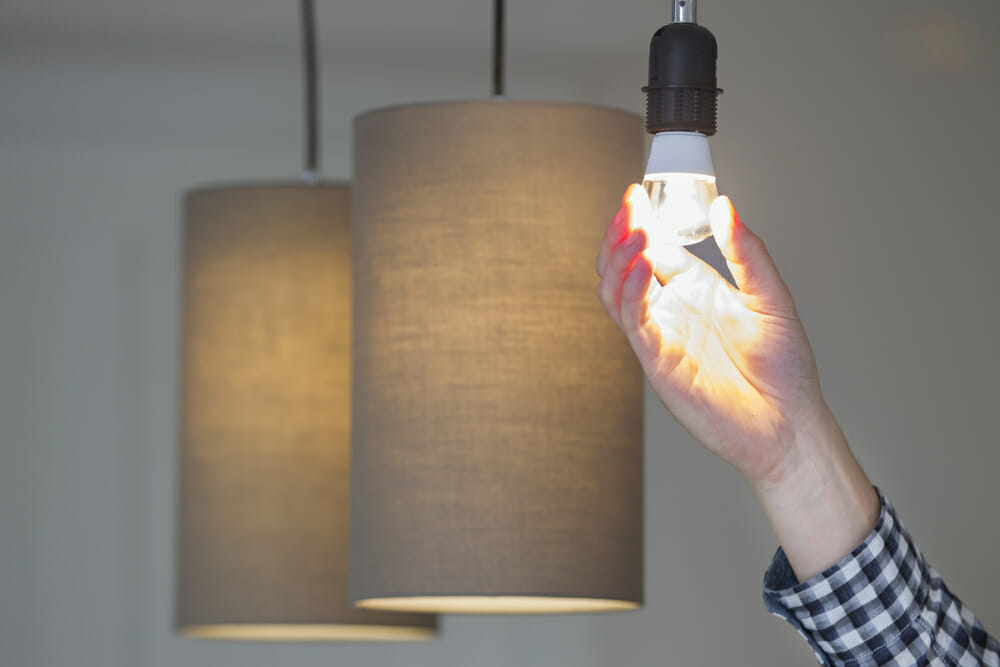
Small Water Savings That Add Up
- Dial down your water heater. Setting it to around 120°F provides plenty of hot water while cutting energy use.
- Switch to cold washes. Modern detergents clean just as well in cold water, saving the energy normally used to heat it.
- Take shorter showers instead of baths. Especially with a low-flow showerhead, showers use less hot water.
- Fix drips right away. A leaking faucet wastes hot water 24/7.
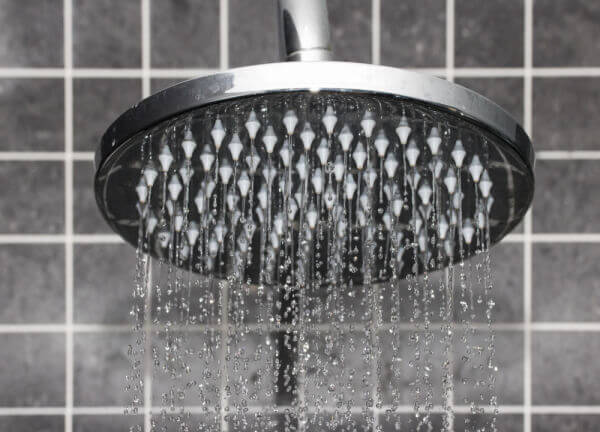
Everyday Energy Efficiency Habits
- Dress for the season indoors. Sweaters in winter and breathable fabrics in summer let you stay comfortable without extreme thermostat settings.
- Cook efficiently. Use lids on pots, run smaller appliances when possible, and avoid the oven on hot days.
- Dry clothes wisely. Line dry when weather allows, or clean your dryer’s lint filter every load to improve efficiency.
- Unplug idle electronics. Chargers, printers, and entertainment devices still draw power even when turned off.
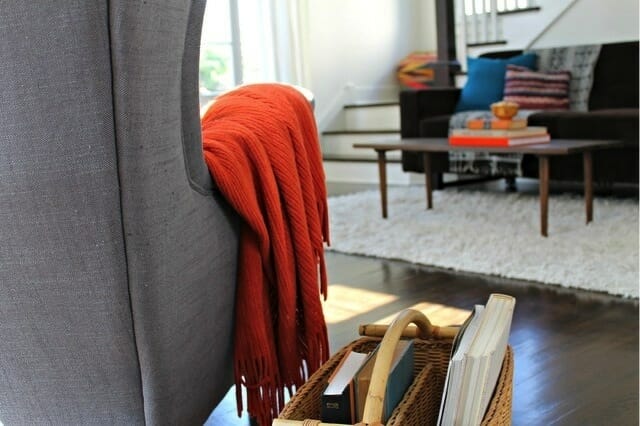
10 Things You Can Do Today to Save Tomorrow
- Adjust your thermostat by a few degrees and set a daily schedule.
- Reverse your ceiling fan direction for the season.
- Close curtains or blinds on hot afternoons; open them on sunny winter mornings.
- Swap out one frequently used bulb for an LED.
- Put a timer on an outdoor light or hallway lamp.
- Set your water heater to 120°F.
- Run the washing machine or dishwasher only with a full load.
- Take a five-minute shower instead of a bath tonight.
- Unplug a charger, printer, or small appliance you rarely use.
- Check doors and windows for drafts, and apply a quick weatherstrip if needed.
30-Day Quick-Start Energy Efficiency Plan
Not sure where to begin? This simple month-long plan breaks down small changes into weekly steps, making it easy to build energy-saving habits.
Week 1 — Zero-Cost Settings
- Program thermostat schedules for sleep and away times.
- Reverse/adjust ceiling fans for the season.
- Switch laundry to cold; commit to showers over baths.
Week 2 — Air Sealing
- Weather-strip doors, caulk trims/gaps, replace door sweeps.
- Seal the attic hatch; caulk or foam obvious penetrations.
Week 3 — Lighting & Plugs
- Replace your top 10 bulbs with LEDs.
- Add motion sensors or timers where lights are often left on.
- Plug entertainment center and office gear into smart strips.
Week 4 — Hot Water & Windows
- Set the water heater to 120°F; insulate hot-water pipes if accessible.
- Install low-flow showerheads.
- Add cellular shades or thermal curtains on the sunniest windows.
Final Thoughts
Energy efficiency isn’t about doing everything at once — it’s about stacking small, manageable changes. Start with the simple adjustments that fit your lifestyle, and you’ll see savings on your bills almost immediately. Over time, those habits add up to a more comfortable, cost-effective, and eco-friendly home.
Ready to take the next step? Explore our Energy Savings Guide for larger home upgrades and professional solutions that deliver long-term impact and even greater savings.

